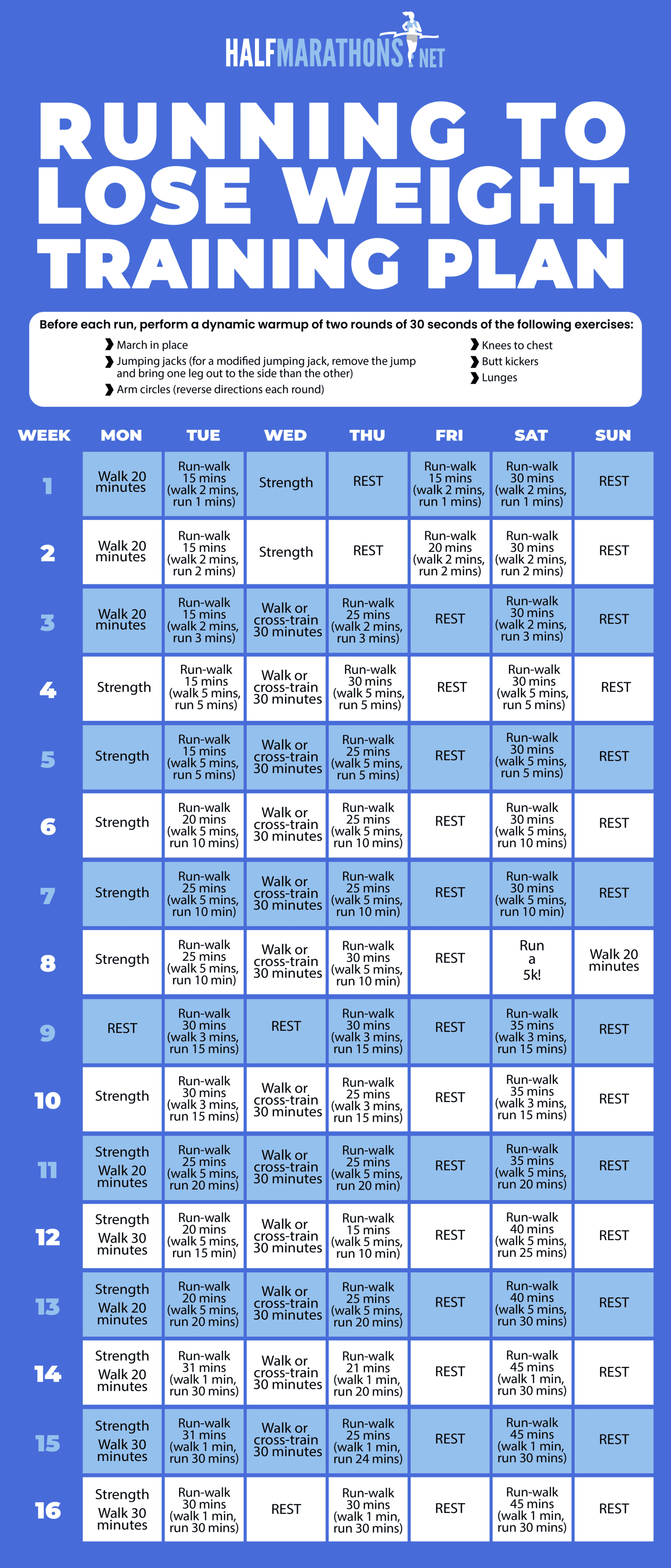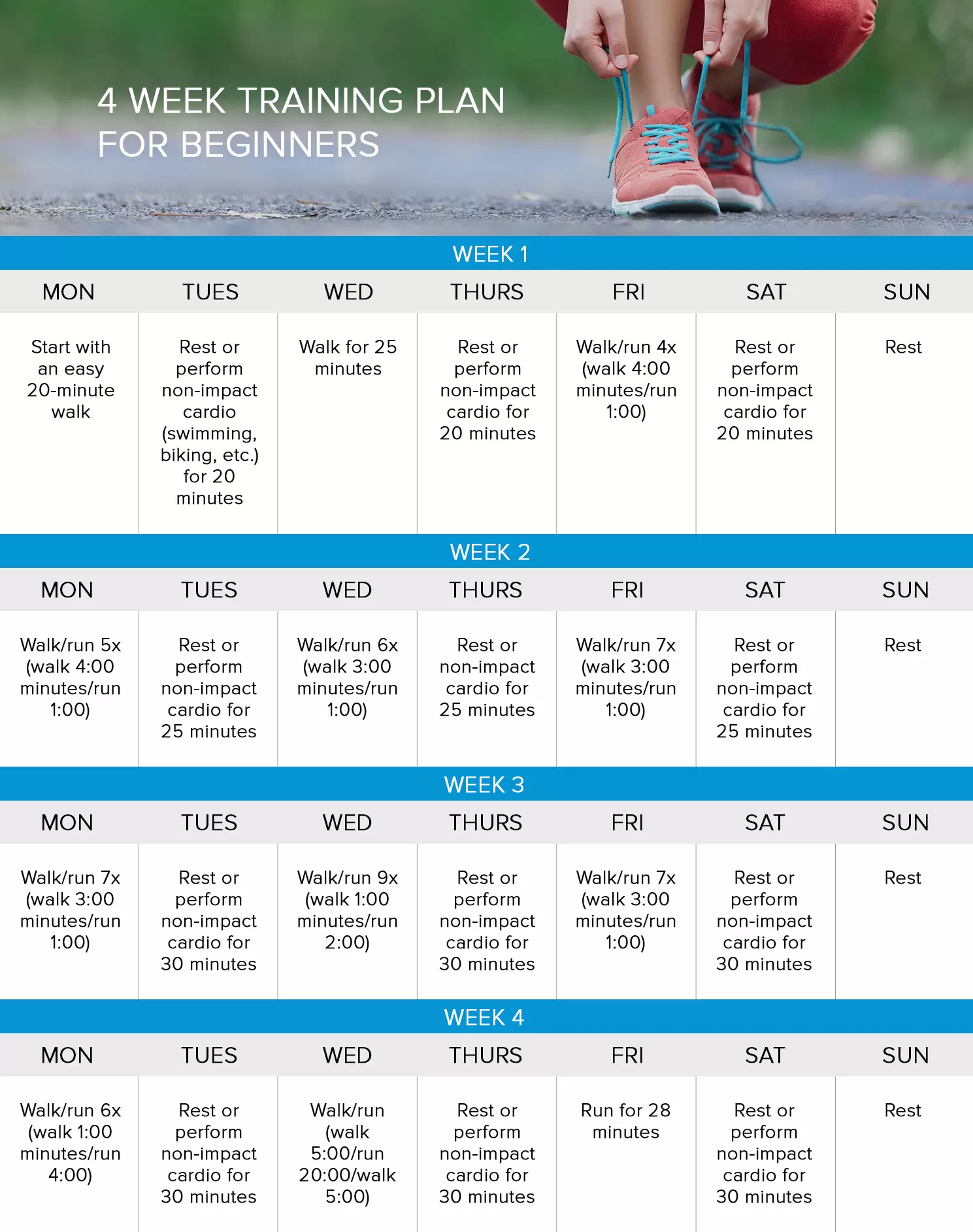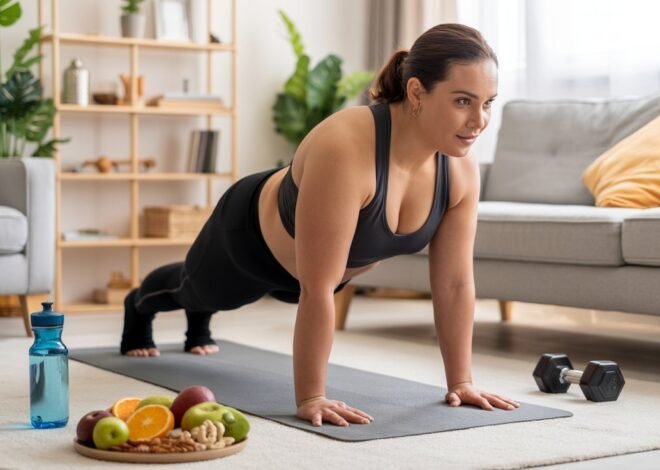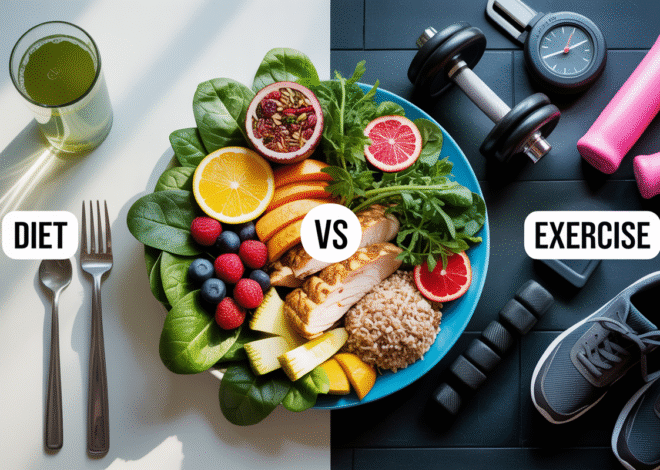Running is a great way to lose weight. It’s effective and simple.
If you’re looking to shed some pounds, a well-structured running plan can help you achieve your goals. Running burns calories and boosts your metabolism. It also strengthens your heart and lungs. But how do you start? A running plan tailored to weight loss can provide structure and motivation.
This plan will guide you through different stages, from beginner to advanced. You will gradually build stamina and increase your endurance. Whether you’re new to running or getting back into it, this plan can help you lose weight and improve your health. Let’s explore how to set up your running plan for the best results.

Credit: www.halfmarathons.net
Benefits Of Running For Weight Loss
Running increases your heart rate. This helps your body burn more calories. Over time, your metabolism gets faster. A faster metabolism helps burn fat even when resting. Running also builds muscle. More muscle means more calories burned each day.
Running is one of the best ways to burn calories. Even a short run can burn many calories. This helps with weight loss. The faster you run, the more calories you burn. Running also keeps burning calories after you stop. This is called the afterburn effect.

Credit: www.womenshealthmag.com
Setting Realistic Goals
Understanding your current fitness level is crucial. It helps set realistic goals. Start by checking how much you can run. Try running for 5 minutes. See how you feel. Note your energy and breathing. This will give you a starting point. Knowing where you stand allows you to improve.
A timeline helps track progress. Divide your plan into weeks. Set weekly goals. Make sure they are achievable. For example:
| Week | Goal |
|---|---|
| 1 | Run 10 minutes a day |
| 2 | Increase to 15 minutes |
| 3 | Run 20 minutes daily |
| 4 | Reach 25 minutes a day |
Break goals into small steps. This makes them easier to reach. Celebrate each milestone. It keeps you motivated. Stay focused and keep pushing forward.
Choosing The Right Running Gear
Proper shoes help prevent injuries. They provide good support. Comfort is key. Shoes should fit well. Test different brands. Avoid tight or loose shoes. Running shoes are different from other shoes. They are designed for running. Check the cushioning. It should be soft but firm. Replace shoes every 300 miles.
Wear clothes that are light. They should be breathable. Avoid heavy fabrics. Sweat-wicking material is good. It keeps you dry. Clothes should not be tight. Loose clothes are better. They allow free movement. Layers are important. Dress in layers if it is cold. Remove layers if you get hot. Bright colors improve visibility. They keep you safe.
Creating A Running Schedule
Start with three runs per week. Run for 20 minutes each time. Gradually increase the time. Add five minutes each week. By week four, run for 35 minutes. This slow increase helps avoid injuries. It also makes running easier.
Begin with a mix of running and walking. This helps build stamina. Run for one minute, walk for two minutes. Repeat this for 20 minutes. Over time, increase running minutes. Decrease walking minutes. Aim to run for 30 minutes straight by week six.
Incorporating Interval Training
Interval training can boost your running plan to lose weight. Short bursts of high-speed running burn more calories. This method keeps your workouts interesting and effective.
High-intensity Sprints
High-intensity sprints help burn more calories. They increase your heart rate. This boosts your metabolism. Short bursts of speed are effective. You can sprint for 30 seconds. Then slow down. Repeat this cycle. It keeps your body guessing. This method is very effective for weight loss.
Recovery Periods
Recovery periods are crucial. They allow your body to rest. After each sprint, slow down. Walk or jog lightly. Take 1-2 minutes to recover. This helps prevent injury. It also prepares you for the next sprint. Proper recovery improves performance. It helps you run longer.
Complementary Workouts
Strength training helps build muscles. More muscles burn more calories. Try exercises like squats, lunges, and push-ups. These are simple but very effective. Aim to do strength training twice a week. Rest between sessions for muscle recovery.
Stretching keeps your body flexible. Flexibility helps you run better. It prevents injuries. Simple stretches like touching your toes are good. Hold each stretch for 20 seconds. Do this after your runs. Your body will feel better and recover faster.
Nutrition And Hydration
Proper nutrition and hydration are essential for a running plan to lose weight. Eating balanced meals fuels your body, while staying hydrated prevents fatigue.
Balanced Diet
Eating a balanced diet is vital for losing weight. Focus on whole foods. Include fruits, vegetables, lean proteins, and whole grains. Avoid processed foods and sugary drinks. They add empty calories and provide no nutrients. Small, frequent meals help maintain energy levels. Don’t skip breakfast. It kickstarts your metabolism.
Staying Hydrated
Water is essential for weight loss. Drink at least 8 glasses a day. It helps you feel full and prevents overeating. Avoid sugary drinks and alcohol. They add extra calories. Carry a water bottle with you. Sip water before meals to reduce hunger. Herbal teas are also good. They hydrate without adding calories.

Credit: www.roadrunnersports.com
Tracking Your Progress
Tracking your runs with apps can help you stay motivated. Many apps offer features like distance, pace, and calories burned. Popular apps include Runkeeper, Strava, and MapMyRun. These apps also have social features. You can share your progress with friends. This can make running more fun and keep you accountable.
Regular assessments can help you see your progress. Weekly check-ins are a good idea. Record your weight, inches lost, and how you feel. This can show you if your plan is working. Adjustments may be needed. Don’t get discouraged. Small changes can make a big difference.
Frequently Asked Questions
Can I Lose Weight By Running 30 Minutes A Day?
Yes, running 30 minutes daily can aid weight loss. It burns calories, boosts metabolism, and improves overall fitness.
What Is The Best Running Routine To Lose Weight?
The best running routine to lose weight includes a mix of steady-state runs and high-intensity interval training (HIIT). Aim for 3-4 runs per week, combining longer runs with short, intense sprints. Always warm up and cool down properly. Consistency and a balanced diet are key for effective weight loss.
What Is The 30/30/30 Rule For Weight Loss?
The 30/30/30 rule for weight loss involves 30 minutes of exercise, 30 grams of protein, and 30 minutes of mindfulness daily. This balanced approach helps improve overall health, promote weight loss, and maintain a healthy lifestyle.
Is Running 25 Minutes A Day Enough To Lose Weight?
Yes, running 25 minutes daily can help with weight loss. Combine it with a balanced diet for better results. Consistency is key.
Conclusion
Running to lose weight can be effective and fun. Stick to your plan. Keep your goals realistic. Celebrate small victories. Stay hydrated and eat well. Consistency is key. Listen to your body and avoid injuries. Enjoy the journey and be patient.
Results will come in time. Soon, you’ll feel healthier and more confident. Happy running!









